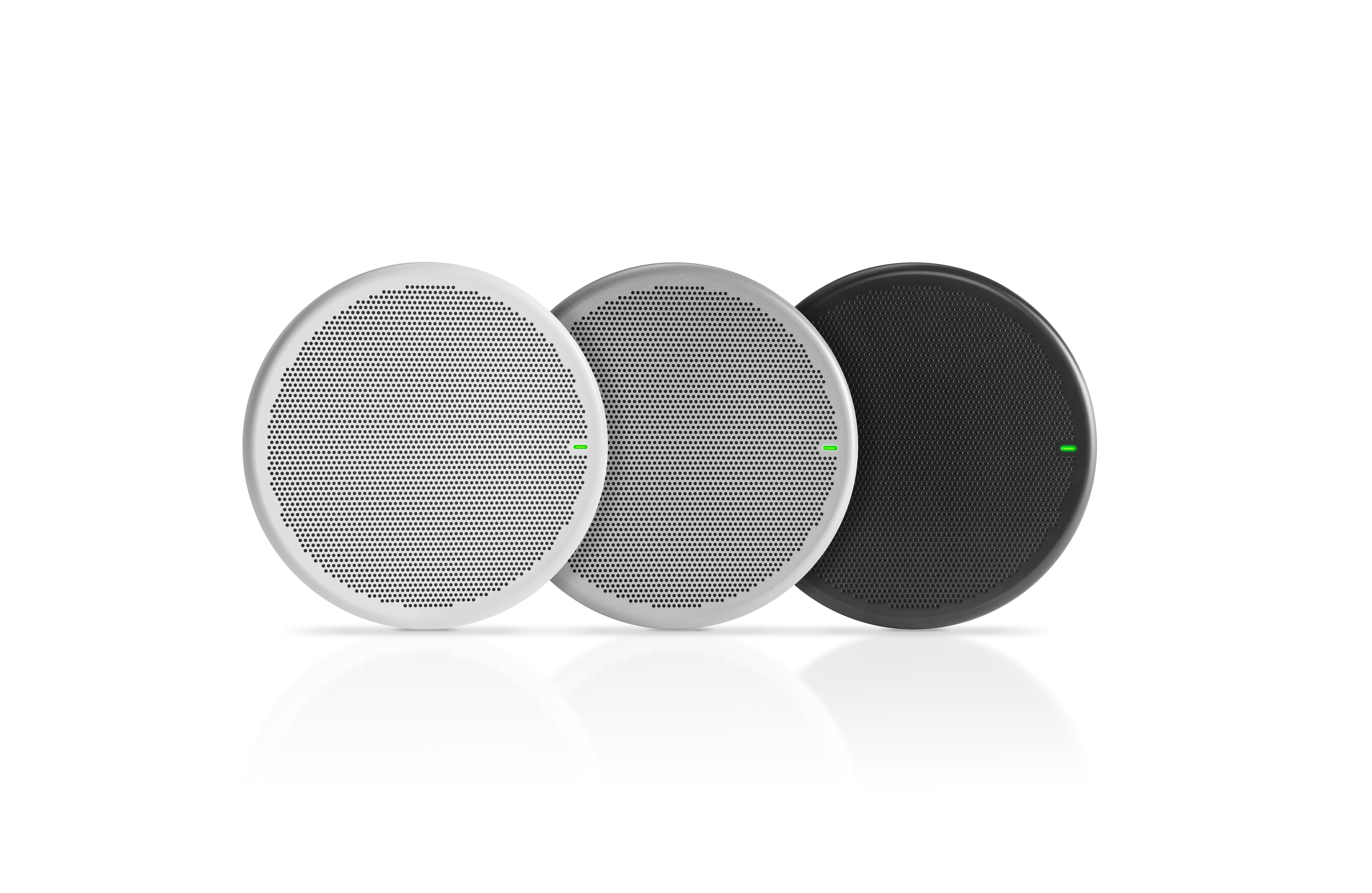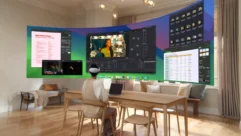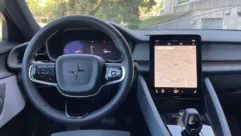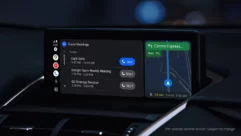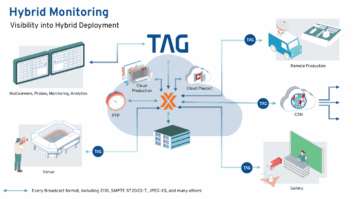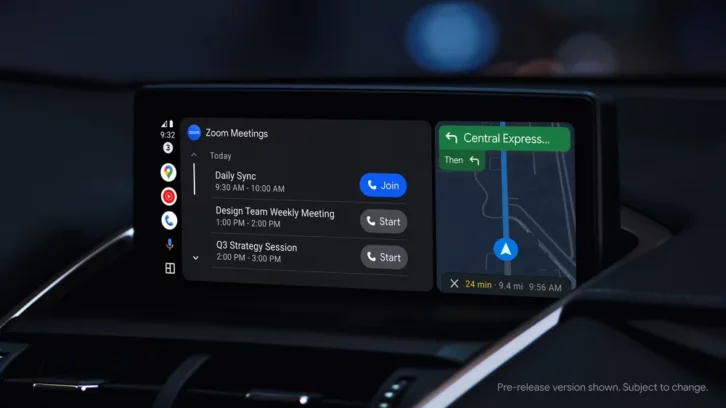
Once heralded as the future of in-car AV, the auto industry has spent the latter half of the last decade slowly distancing itself from mobile platforms like Android Auto and Apple Carplay. In an era where in-car navigation was scarce and lackluster at best, the ability to pair a vehicle with the driver’s mobile device to control everything from entertainment to weather alerts caught on quickly. However, native support for these programs is starting to dwindle with each year, with notable manufacturers such as Tesla and General Motors opting for their own platforms.
The reason for this trend, it turns out, has less to do with the programs themselves and more to do with your data. When a driver opts to use Apple Carplay or Android Auto instead of a vehicle’s native infotainment system, the user’s data is harvested and stored by that platform and its associated company instead of the car manufacturer. As the lines continue to blur between cars and personal electronics, this data has become more valuable to auto companies.
They don’t know how you are using their infotainment system,” Andrew Hart, CEO of analyst firm SBD tells MotorTrend. “That starves car companies, and they lose intelligence that could help them improve their offerings…You’re seeing pushback against effectively giving up access data to the big tech giants,”
In order to sway drivers, established manufacturers are pushing to improve the in-car infotainment experience that comes stock with each vehicle. Companies see this as the only viable way to compete with tech giants like Apple and Google, who have had quite a head start.
Commenting on its decision to end native support for Android Auto and Apple Carplay, a spokesperson for GM told MotorTrend, “We took an early bet to advance our own infotainment system knowing that as technology progresses, we can deliver features that go beyond what’s possible with just phone projection.”
